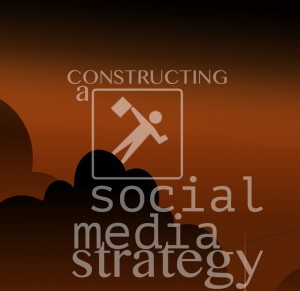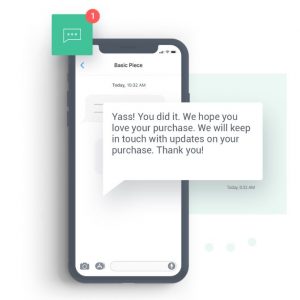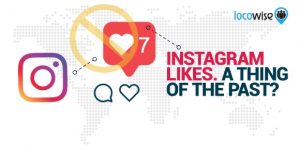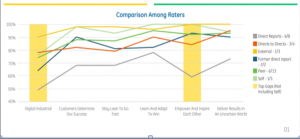Are you a proud ecommerce startup who is wondering how to push your business to the edge? Well, you would be amazed to know that some of the biggest industry players have launched their online stores in the blink of an eye and are already writing success stories.

- expresswriters / Pixabay
Wonder how? The biggest benefit of an online store is – that you can set it up quickly by using a reliable ecommerce solution. Nevertheless, it requires careful marketing strategies to market your business values, once your store is live.
Why does it matter to market your online business in the recent scenario?
Even though the world is swiftly shuffling back to normal, life before the pandemic seems like a distant dream. Hence, a lot of entrepreneurs are opting for innovative ways to reach out to their customers. Brands are quickly tweaking to something anew.
Since the great recession back then, the entire world is facing one of the biggest financial crises and there is a tough competition amongst brands to achieve customer satisfaction. However, only those brands who communicate with the customers in the right way and add value will shine in the end.
Thus, you need to sustain your brand value. After all, you do not want your business to spiral down and merge with ordinary ones.
Here are the top 5 ways to market your online store:
While marketing strategies broadly consist of a handful of important gimmicks, it’s necessary to weigh what options you have at hand. More so because the tactics that might work for an online shoe store might not be effective and useful for a dairy store.
‘Marketing’ is a constant trial and test of different ideas that make a market-fit at various times. And as the business owner, it is for you to devise turnkey solutions to market your products/ services, including the online solution you choose to create your store.
Below are a few pro ideas to make your products or services sell like hotcakes.
1. Know who are your buyers and reach out to them
Not just everybody will be your audience, isn’t it? That’s why it’s important to define your audience group. Defining the target audience is the starting point for your business growth.
By identifying your customers, you will be able to know;
- Where to find your customers and how to reach them
- What kind of a store will appeal to them
- What kind of products you might want to stock in the future or the future trend
- What kind of marketing strategies will work for your customers and what kind of interaction your brand should adopt
Pro tip: As a single brand it is impossible to target everyone. If you are selling designer handbags, your primary customers will be posh females who are either homemakers or working women. Likewise, if you are selling sports equipment online your target audience will be gyms, clubhouses, schools, or individuals who are into a workout regime. Narrowing down your customer base will help you gain better traction.
2. Decide your brand’s voice and what you want to say
Your online store is not just for sales. It also plays an important role in brand awareness and visibility. Several people browse through online stores before they finally make their purchases. Thus what you say and how you say makes a lot of impact on your customers’ minds. It is advisable to take content marketing seriously and try appearing in organic search results so that more and more people start getting to know your business.
To create meaningful and interesting content, you need to;
- Incorporate various keywords related to your business via blogs, customer reviews, testimonials, and more
- Focus on creating informative product descriptions for customer-winning pages
- Make use of high-quality images and dynamic content such as videos for increased engagement
- Use the multilingual feature of the best ecommerce solution to connect with customers in their native languages to build a quick connect
- Reach out to influencers. Influencer marketing is unarguably the fastest way for your brand to reach the target audience.
3. Go for a Mobile Website/Apps
It is a must to enable your customers to shop on the go. Nowadays, almost 80% of online shoppers make their purchases via smartphones. Even better, you can have an Android and iOS app to enhance user experience. With added features like vocal search options and barcode scanner, you can give your customers an experience like never before.
Not only this, having an app increases your rankings in the Google search results. Hence, this way you can reach out to more and more customers and expand your business opportunities.
Sell on the go
Think SMSes are not the current trend? Well, as per statista, SMS messages have an open rate of nearly 86%. Moreover, people tend to respond to SMSes quickly. Thus, you might want to optimize your ecommerce mobile site and then devise an SMS strategy to target customers.
4. Use push notifications and keep your customers well informed
How many times do you receive notifications from an online store from where you have purchased even once? And how many times have you checked what’s there in store for you? Guess we all do. Saying so, are you aware that the opening rate for push notifications is 90% and that’s what makes it every marketer’s favorite option?
You can notify your customers about free deliveries, recently added products, fresh arrivals, and discounts & offers using the power of push notifications. All you have to do is create an engaging message to capture your audiences’ attention and you are good to go!
5. Create a seamless fulfillment strategy
Though logistics remains at the backend, it is the key to help you emerge as a successful brand in a very short period. In-fact it is one of the major online sales challenges that many startups face.
With stores promising customers quick delivery where they can receive their products in less than 48 hours, users want instant gratification. Thus, you can focus on automating your shipment processes by integrating your store with tools that help you do so. Doing so can help you reduce the dependency on employees and save your resources.
What’s more? You can partner with dedicated third-party fulfillment partners that are professionals in carrier-service. Established carriers will not only deliver your products quickly but offer decent rates so that you can lure customers with a ‘free delivery’ model.
Digital & Social Articles on Business 2 Community
(20)
Report Post





